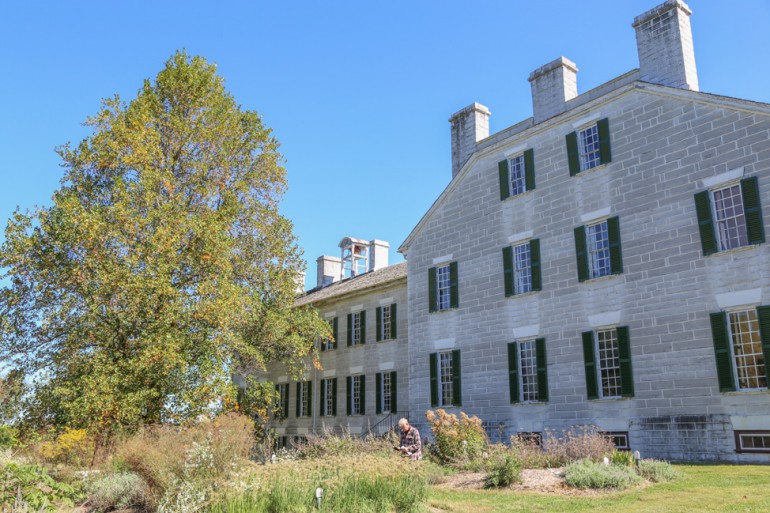Sponsored Listings:
Following our three days in Lexington, we headed out to the countryside for an overnight at the site where a prominent Shaker community once settled two centuries ago.
This Christian sect as a whole came over from Europe in the late 1700s and formed communities primarily along the Eastern seaboard. In 1805, when the Kentucky settlement first began, 500 Shakers occupied 5,000 acres of land. There were 250 buildings erected on the property, 34 of which still stand.

The Shakers were trailblazers before their time; they saw all races and sexes equal and even had a female, Mother Ann, as a leader.
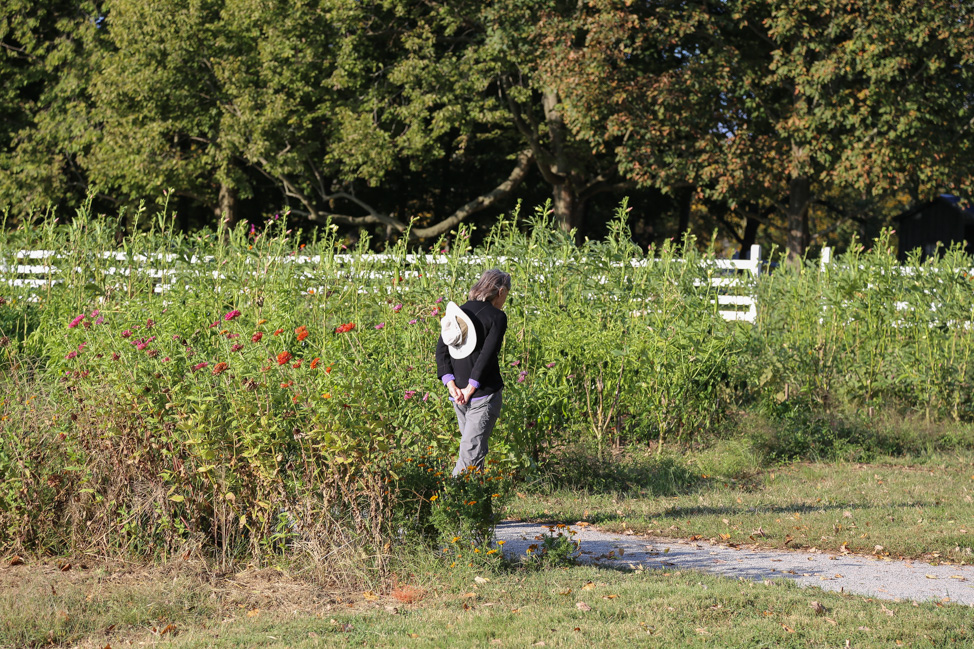
The Shakers reached their peak in 1850, right before the Civil War wreaked havoc on communities all over the South. Times became harder for them following the war, and many of the men sought employment elsewhere.

Slowly, their numbers dwindled, and in the early 1900s, only 12 Shaker women remained at the village in Harrodsburg, and there were just 12 small settlements left in the United States. They made an arrangement with a banker in nearby Harrodsburg that he would get the property when the last of them passed away; as luck would have it, the last of the Shaker women outlived the banker, and once she died in 1923, it was sold off to a local.

The buildings then were used for various purposes: a mechanic’s garage, a gas station, an inn. They fell into disrepair until the 1960s when a national trust formed and a non-profit was established. In the latter part of that decade, Shaker Village at Pleasant Hill reopened as a National Historic Landmark and has been operating as a vacation community ever since.
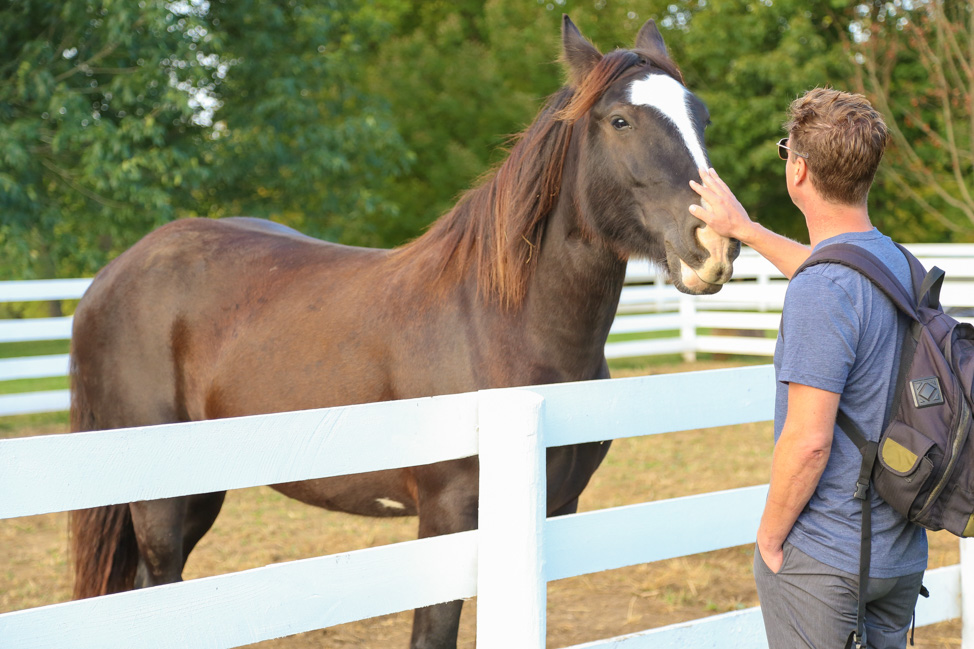
SVV and I knew very little about the Shaker people until our tour of the village; in fact, like many others, we assumed they were closely related to the Amish. Au contraire. Rather, they were an innovative people who, today, would probably have been founders of Facebook and the iPhone. They would have definitely stood on their heads atop an SUP.
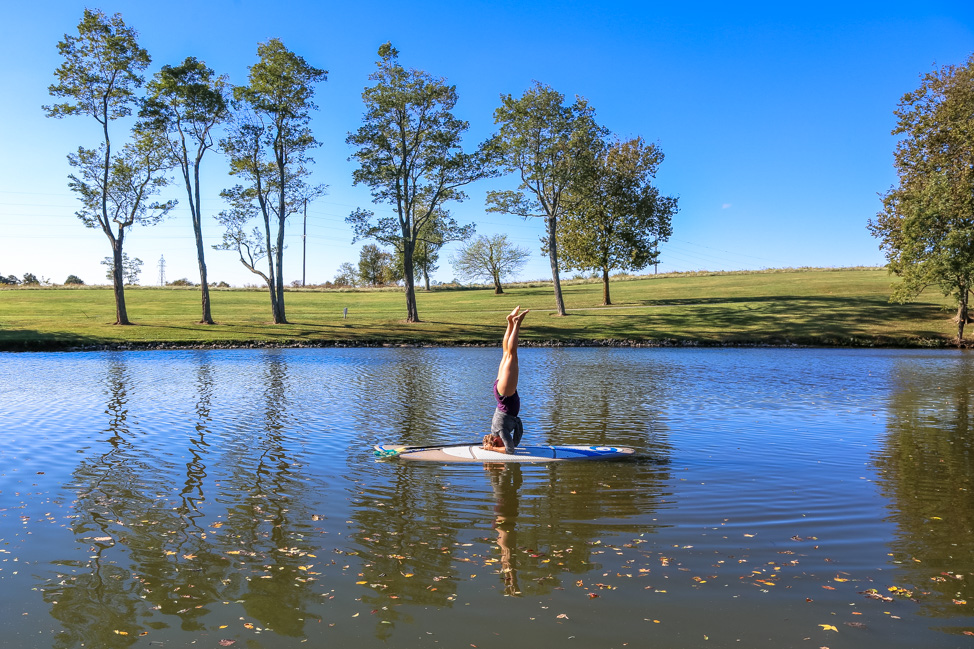
They weren’t teetotalers, so drinking is allowed on the property, as is technology (the rooms have TVs and the main Trustee’s House has WiFi). But the history is on full display everywhere you turn.
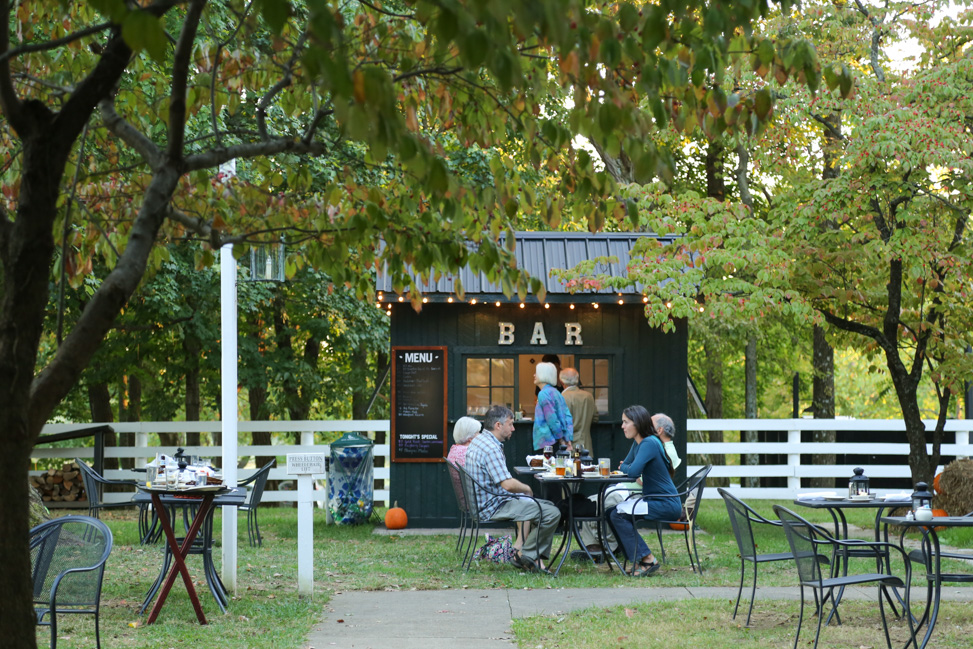
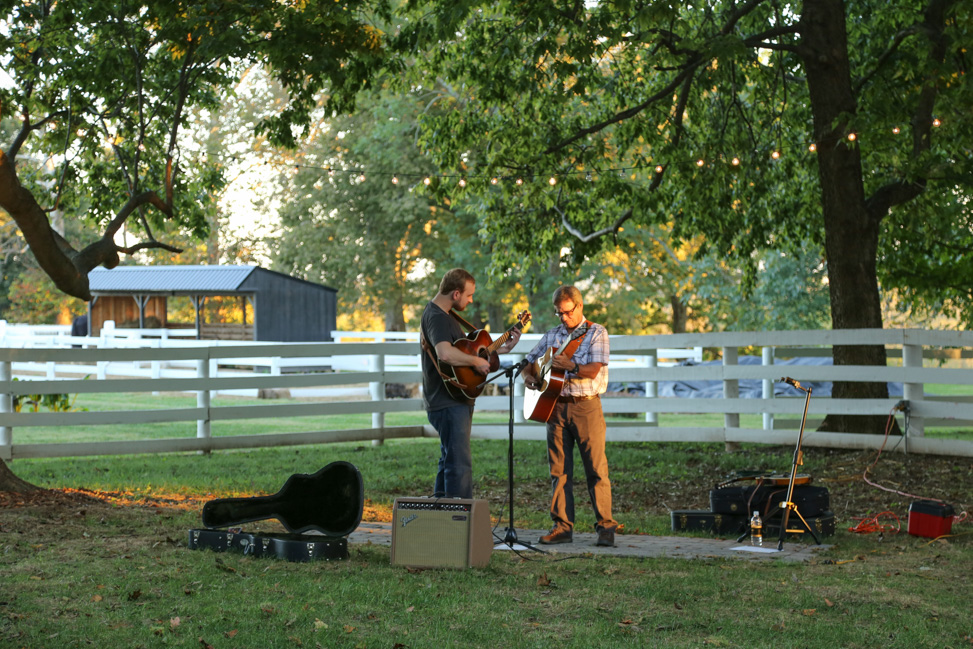
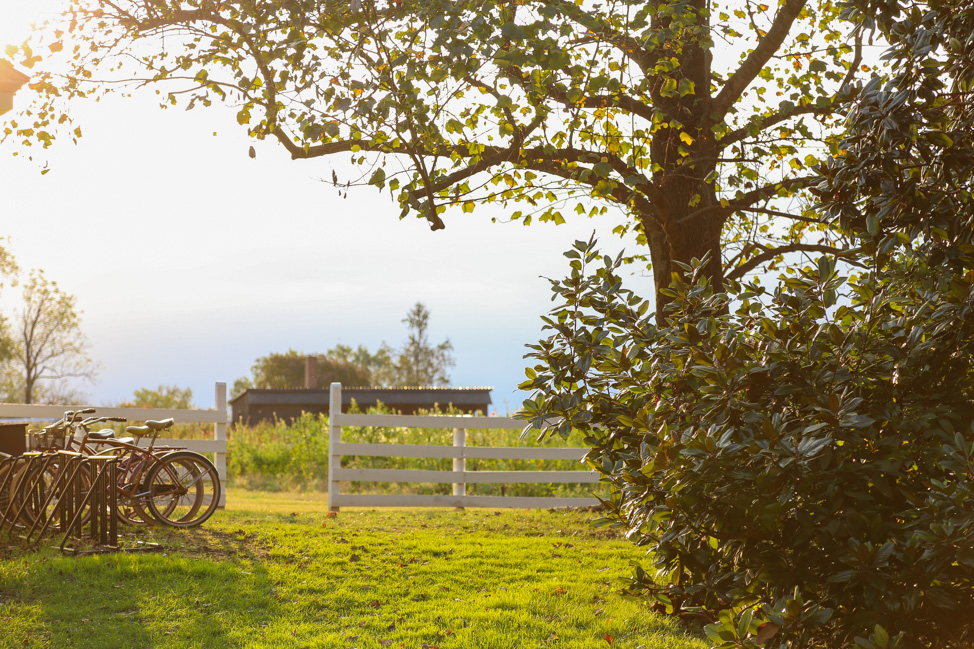
There’s live music nightly and a fire, and staying at Shaker Village basically feels like the best kind of adult summer camp there is.
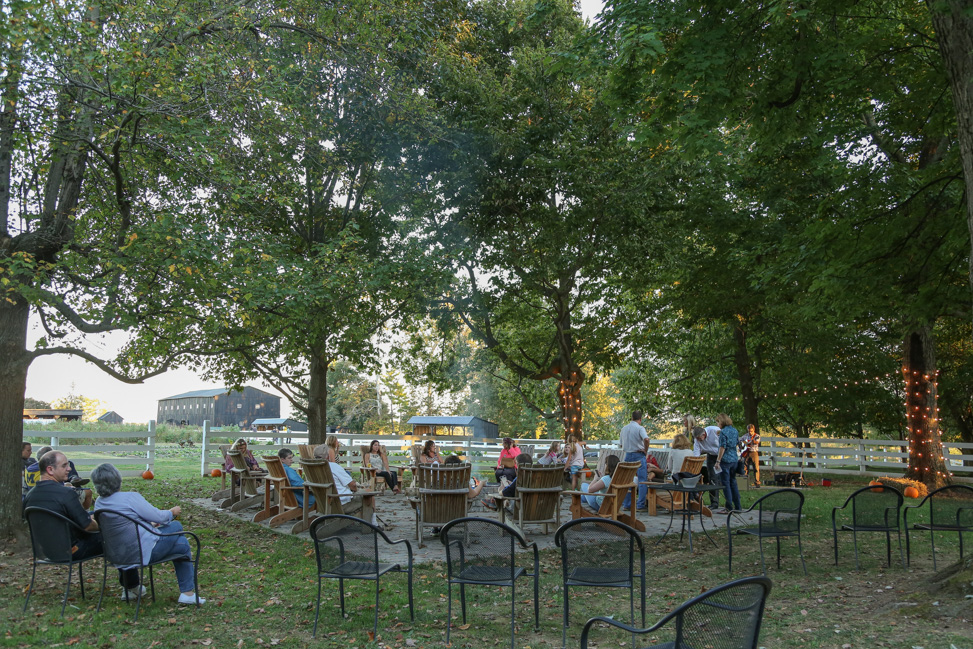
They were a progressive agrarian society and to become Shaker, one had to give up all his possessions, including his family. Husbands and wives became brothers and sisters; the community was divvied up into family houses depending on their age and length of time as a Shaker. In other words, you had to prove you were truly serious once you converted and not just in it to be fed and clothed.
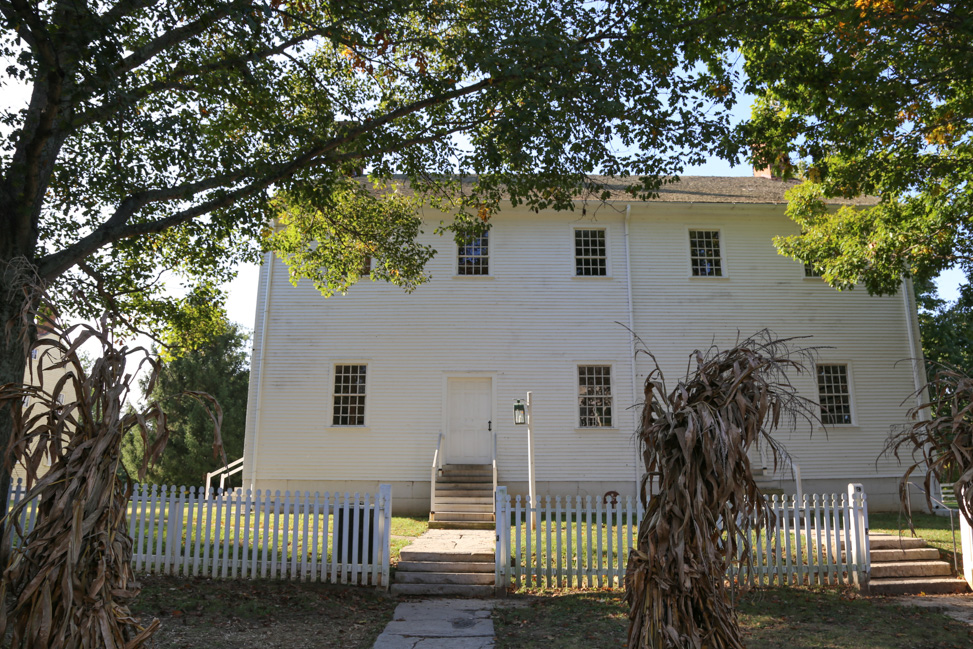
They were, however, celibate, meaning the only way their community could expand was by conversion. Today, only three Shakers remain in the United States, up in Maine, though their prophet Mother Ann had long ago predicted that they would nearly die out before seeing a resurgence (so I guess anything is possible?).
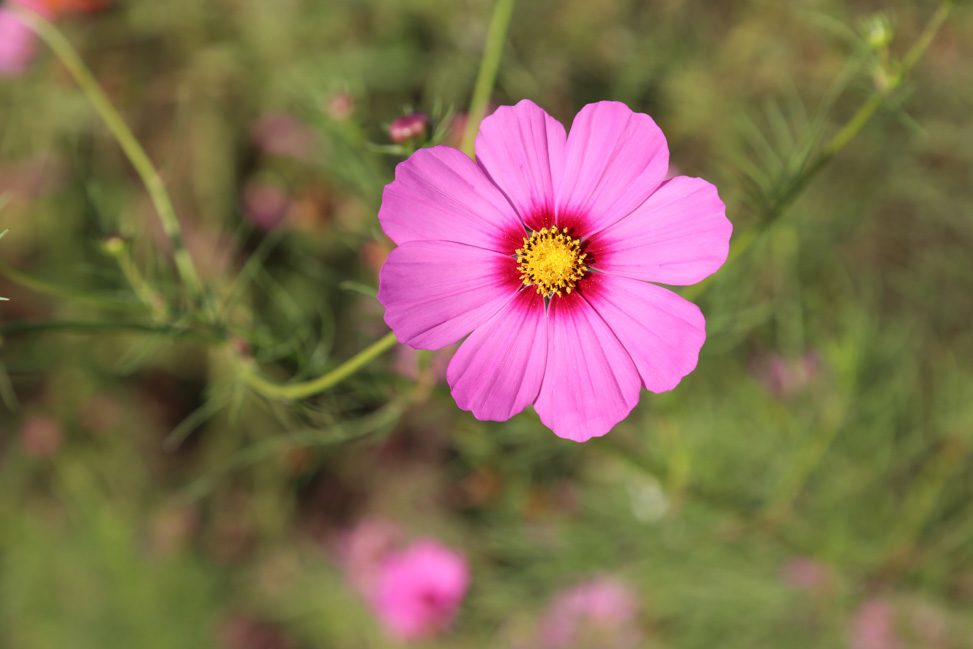
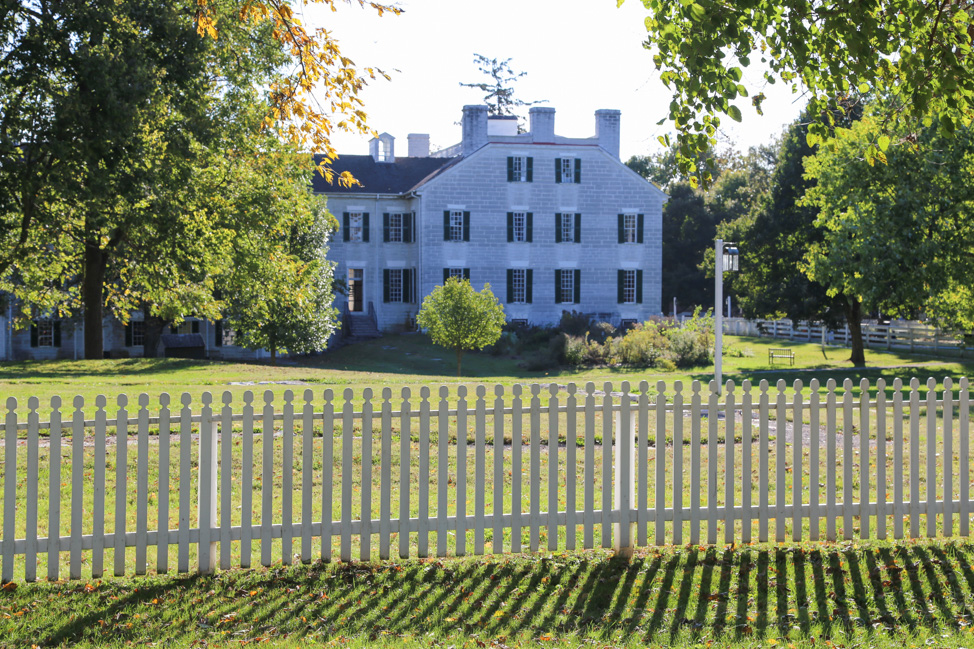

The on-site museum has several rooms staged as they once were when the settlement was thriving. Upstairs, for example, is where the infirmary was. The Shakers were a very clean society; back in their heyday in the 19th century, they showered once to twice a week whereas the average Kentuckian only took one to two showers per year. As such, their life expectancy was mid-70s, compared to Kentucky’s average of mid-50s.
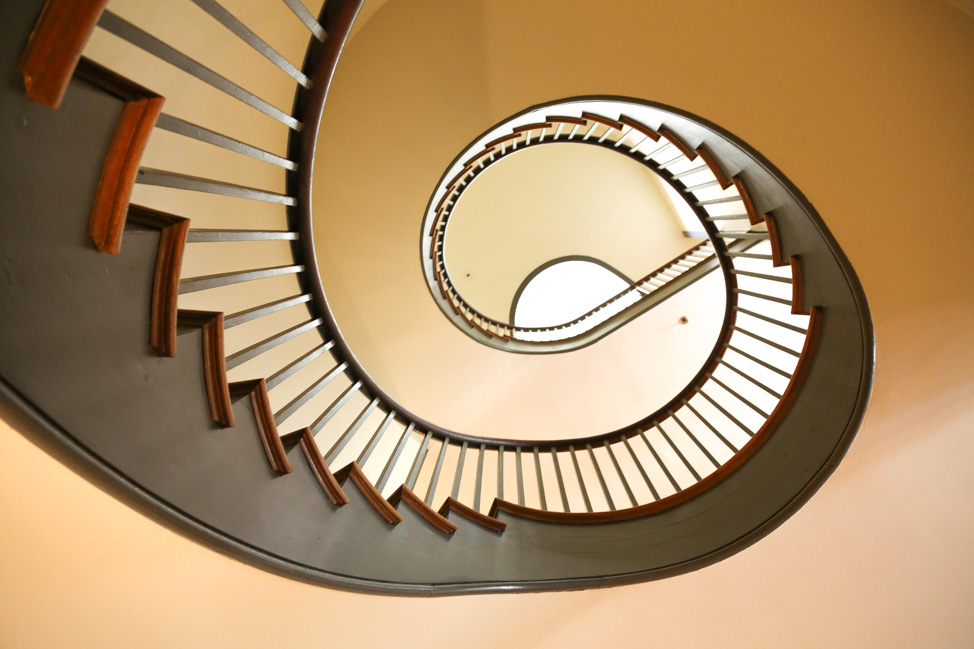
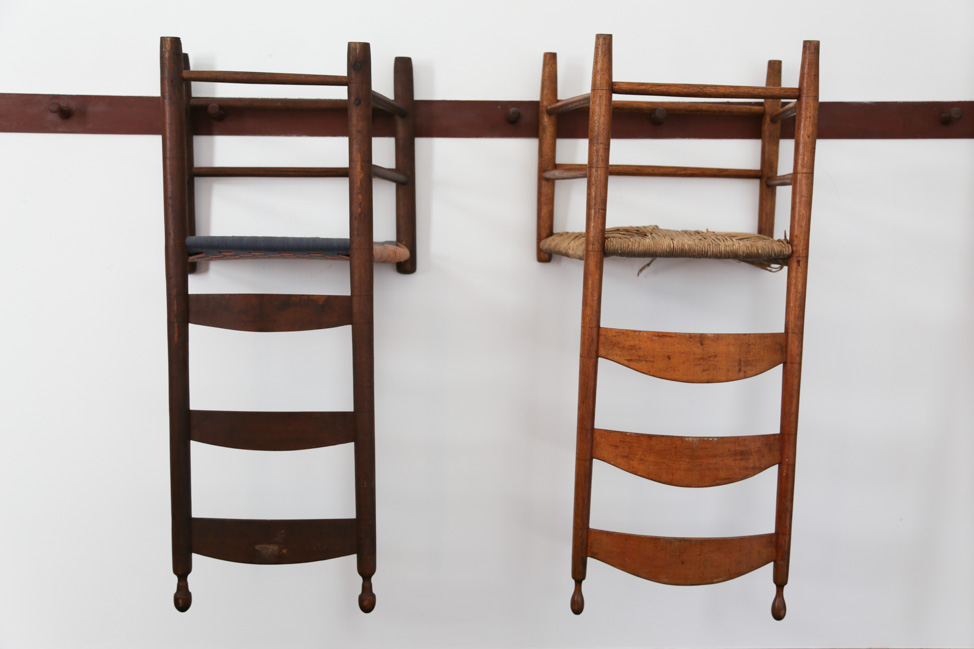
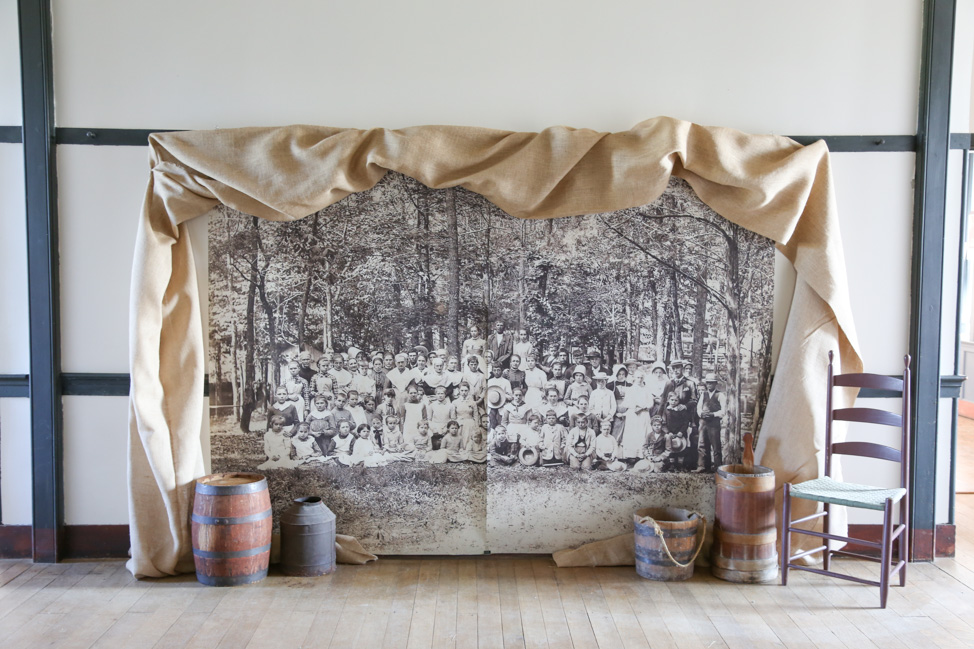
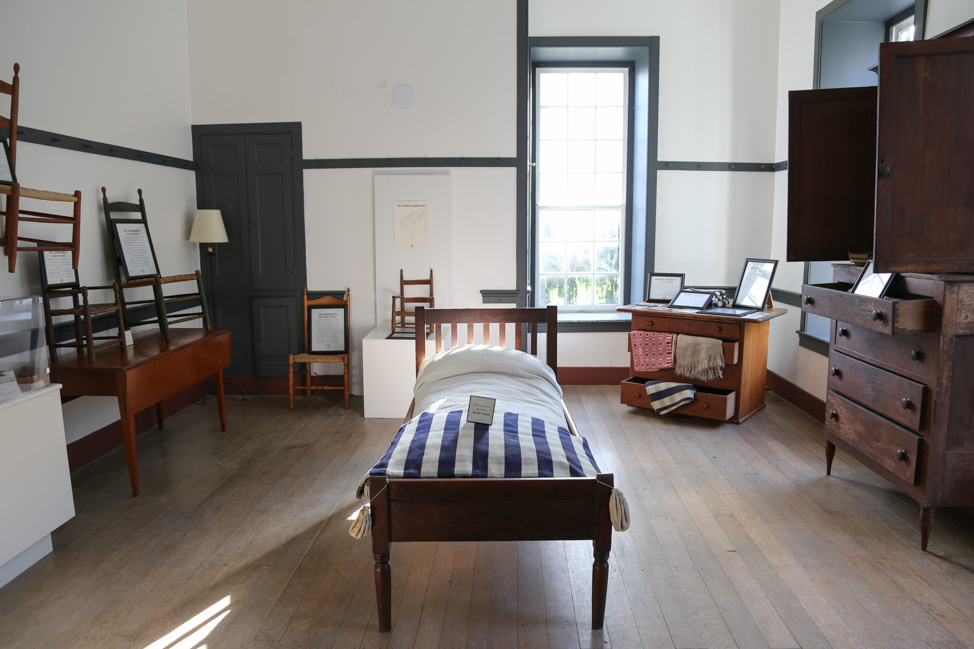
The restaurant serves up some of the best farm-to-table fare I’ve had in a long time, and we were fortunate enough to have eaten a breakfast, lunch and dinner there (complete with a healthy bourbon selection, because this is still Kentucky after all!).

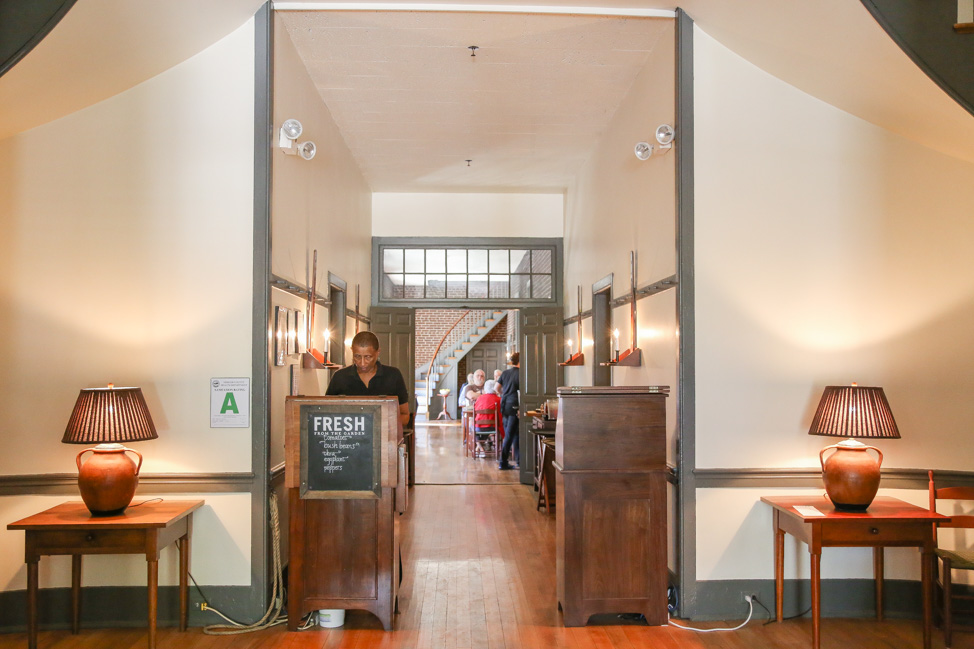
Farm animals help with composting efforts, like the deep litter compost system area where chickens, geese and pigs live together in synchronicity (Republicans and Democrats, you could learn something from our farm friends!).
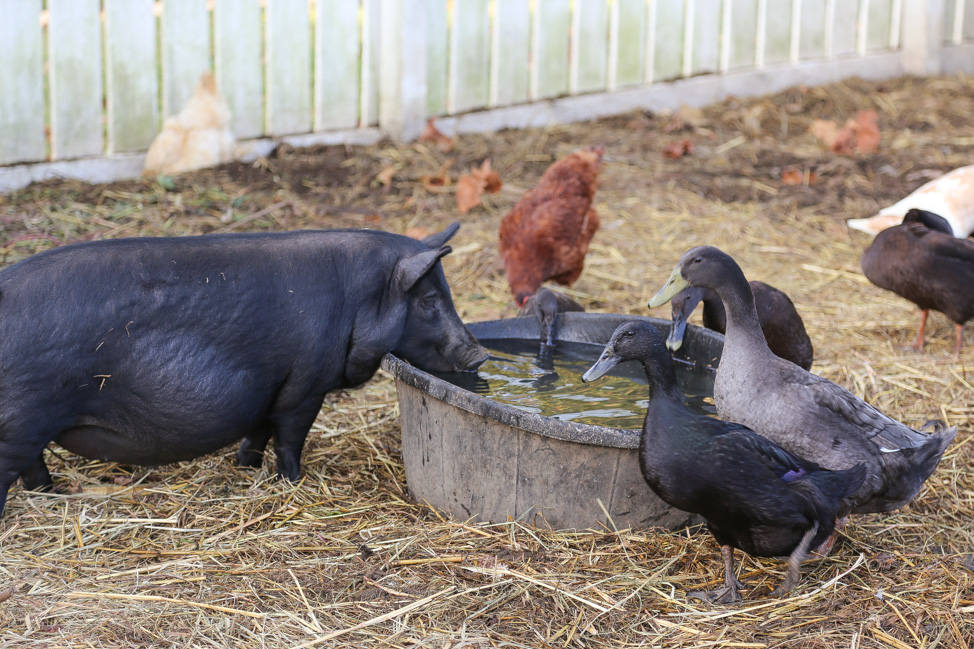

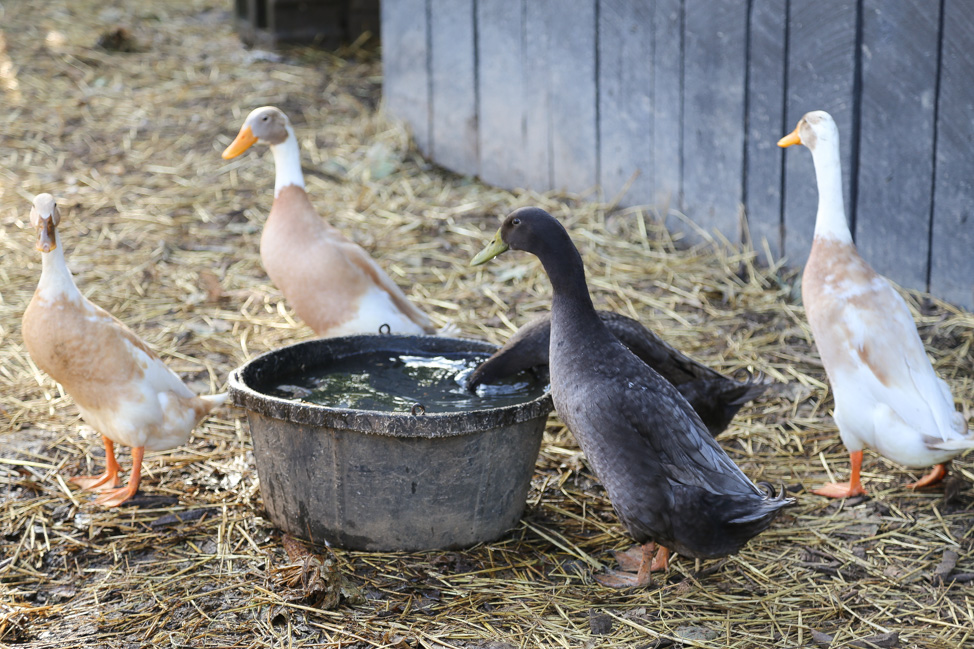

There are a number of animals on site, including pigs, cows and six pairs of horses, primarily Percherons, but our favorite of all was Abraham, the ram, who took an instant liking to SVV.
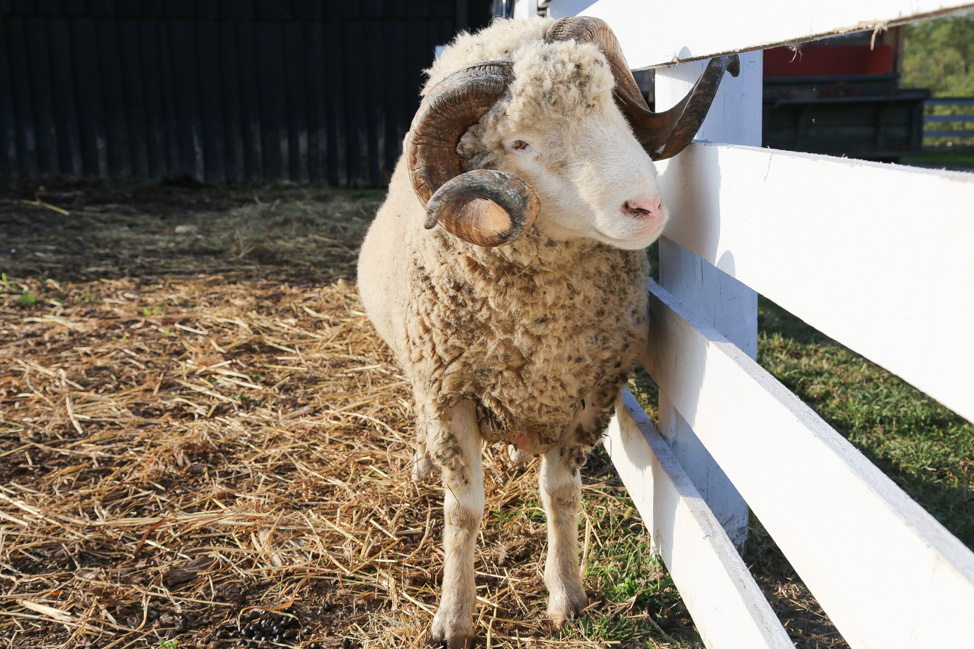
From now on and henceforth, he shall be known as the ram whisperer.
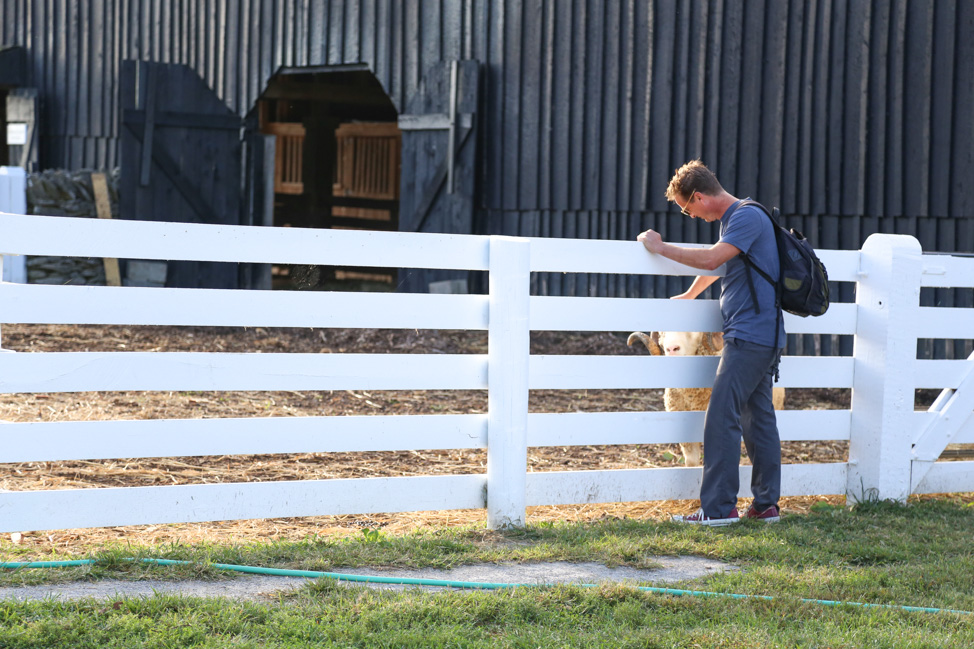
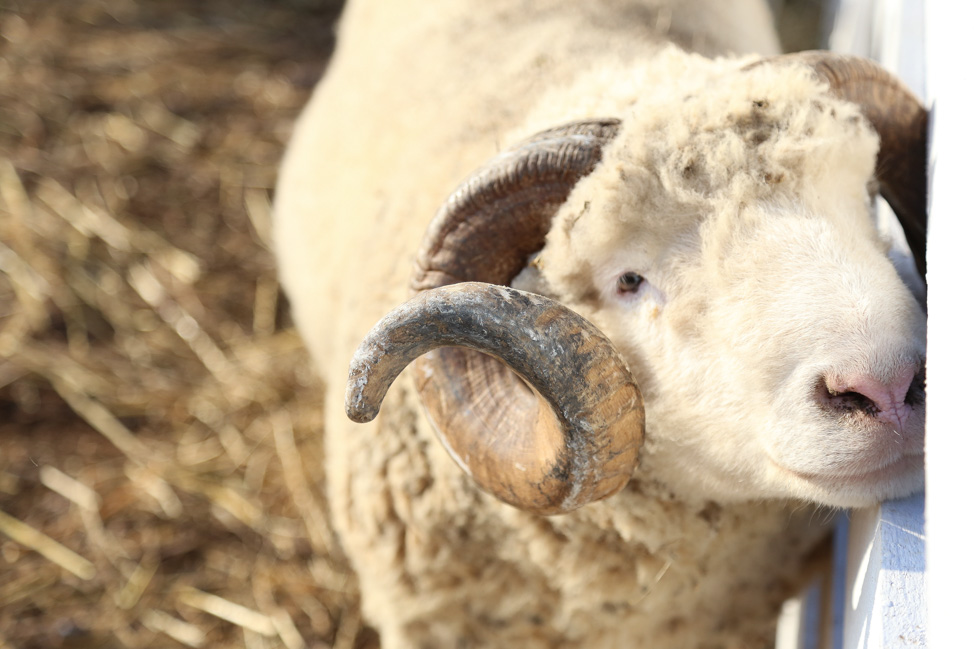
Activities at Shaker Village are many: We started our 24 hours there with a candlelit herbal yoga in one of the historic houses and woke up the next morning to do a little paddleboarding on the pond.
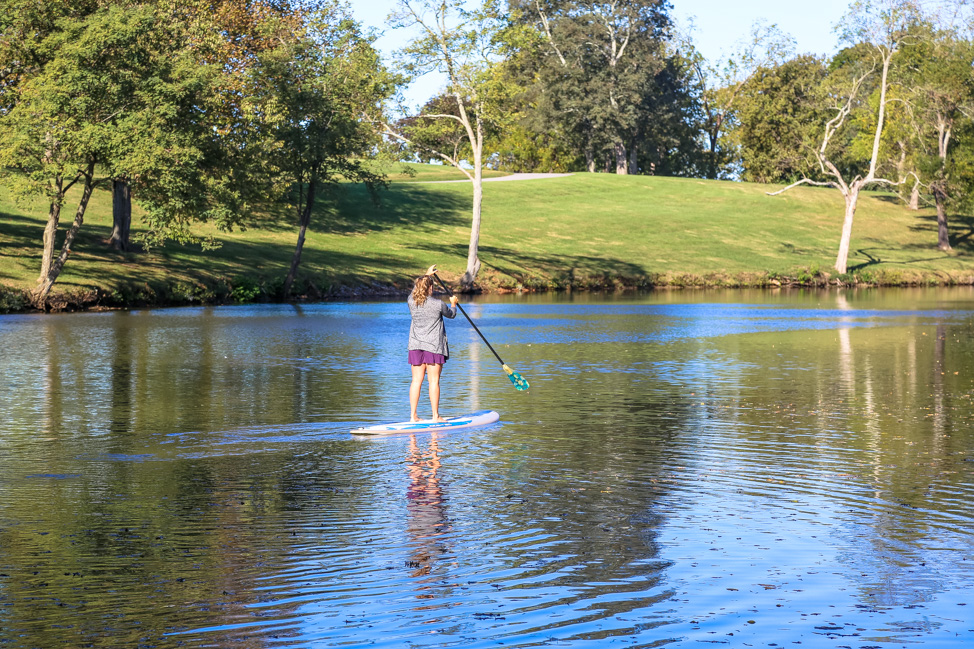
There were plenty of other activities to participate in: horseback riding, broom-making, hayrides, kayaking trips, rides on the riverboat—the options seemed endless.
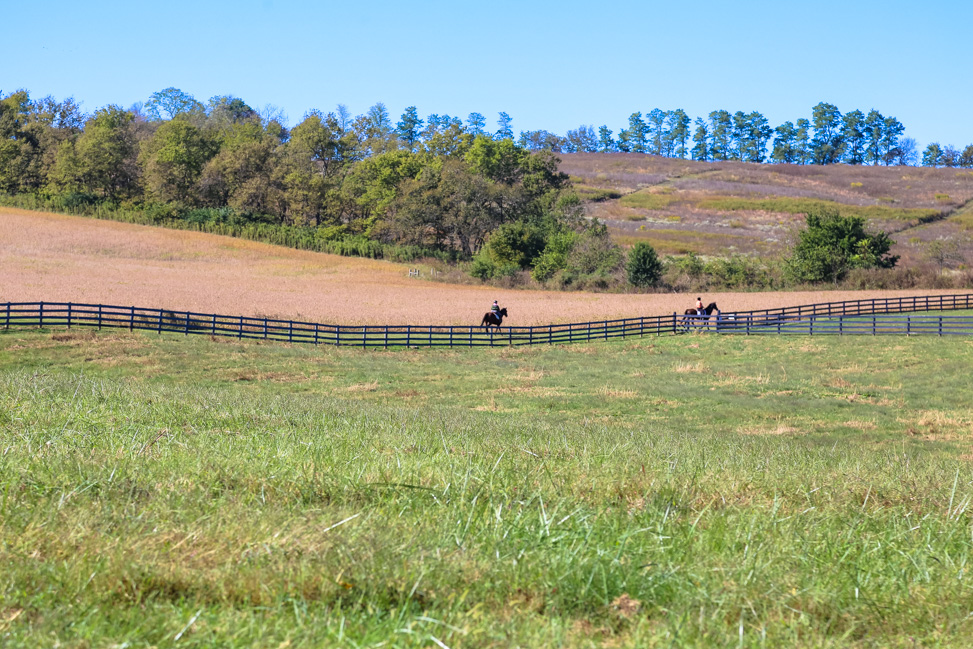
But to be honest, we were plum worn out after a crazier-than-normal two months, so we just laid low and enjoyed our scenic surrounds.

And did a little balancing atop hay bales, because you know I couldn’t resist!
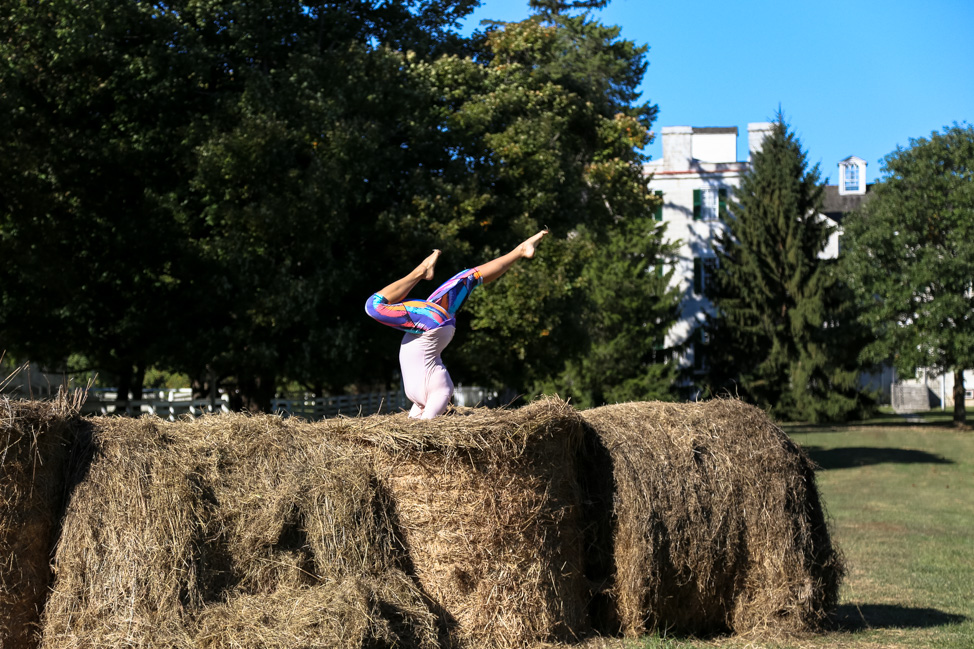
Shaker Village at Pleasant Hill was one of the most relaxing, educational getaways we’ve taken in ages, and it’s perfect for all kinds of adventurers: couples, solo travelers, history buffs, families.
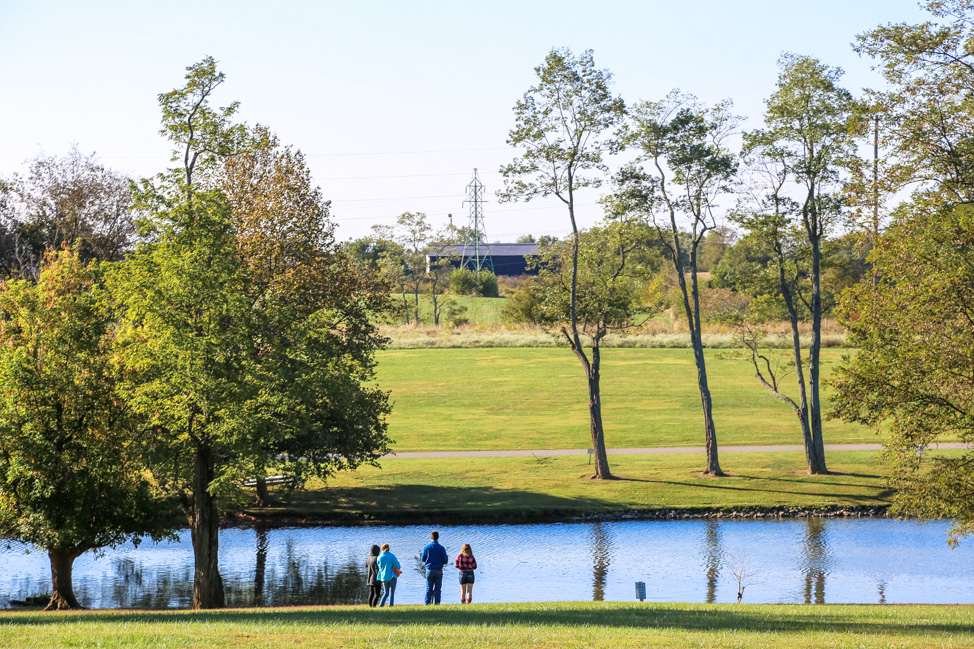
We’ll be heading back there come spring—likely with my mom, a lifelong historian, and Ella (some rooms are dog-friendly!) in tow—if I have anything to say about it, and I don’t think SVV will have any problem with that either.
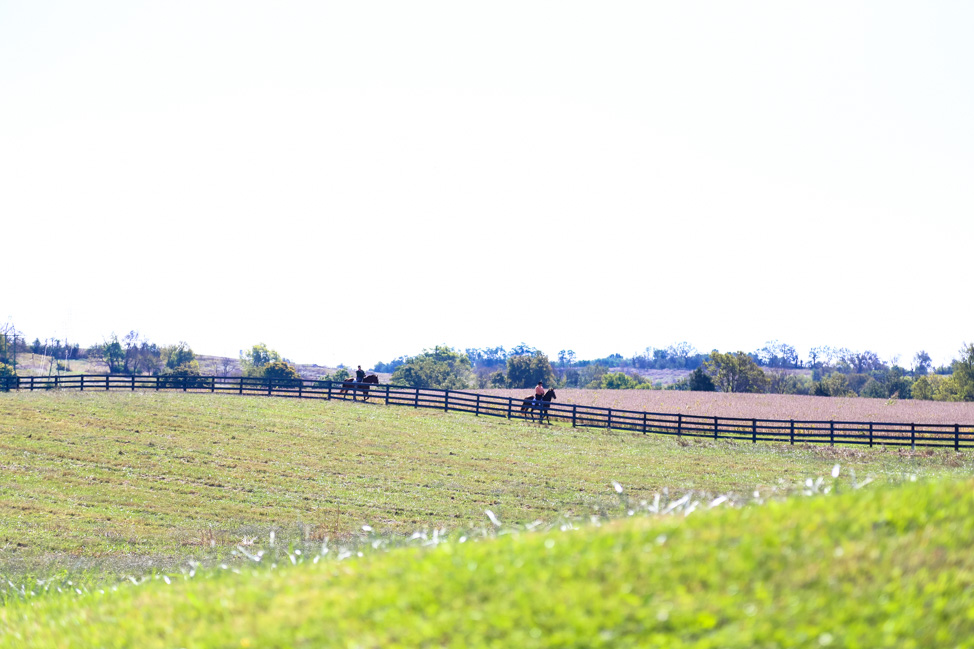
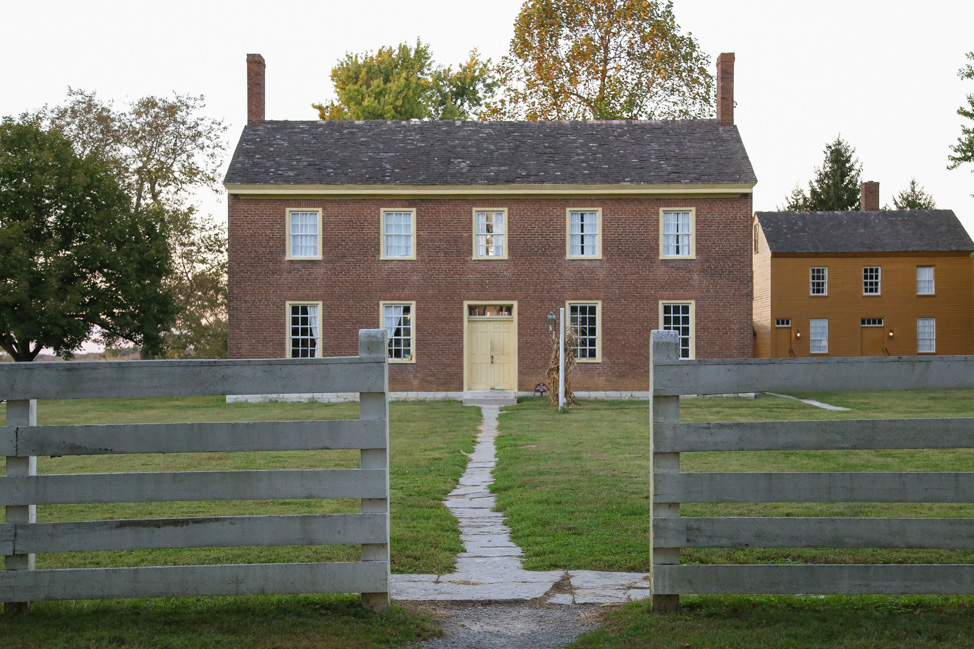

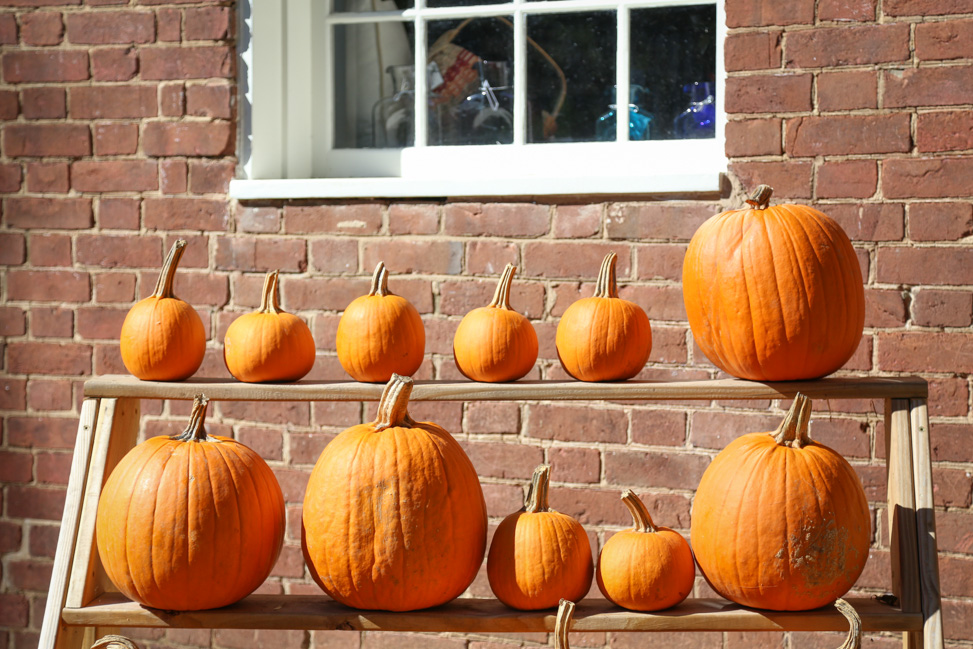
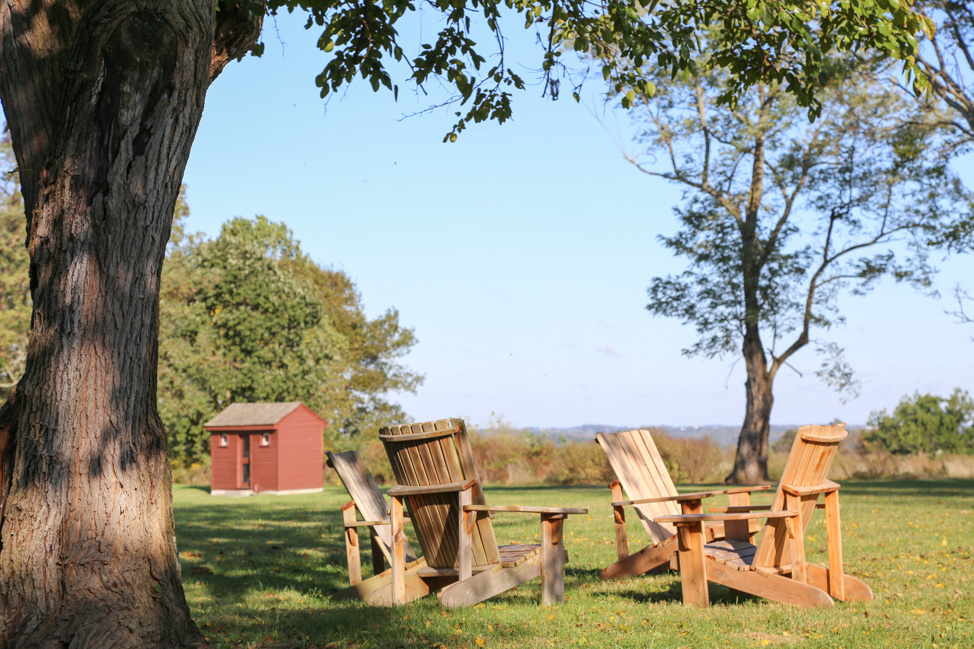
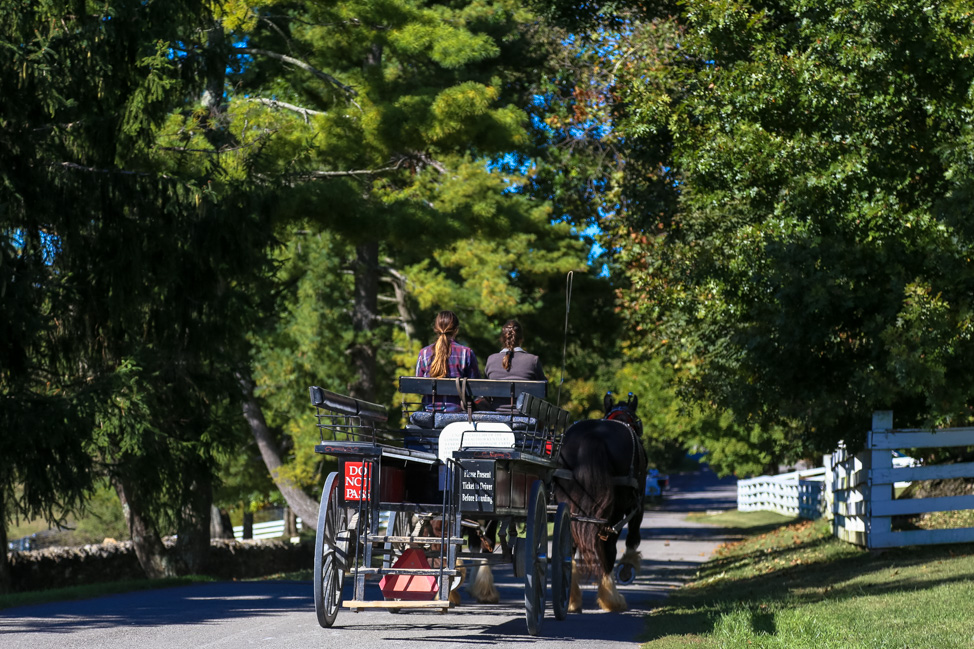
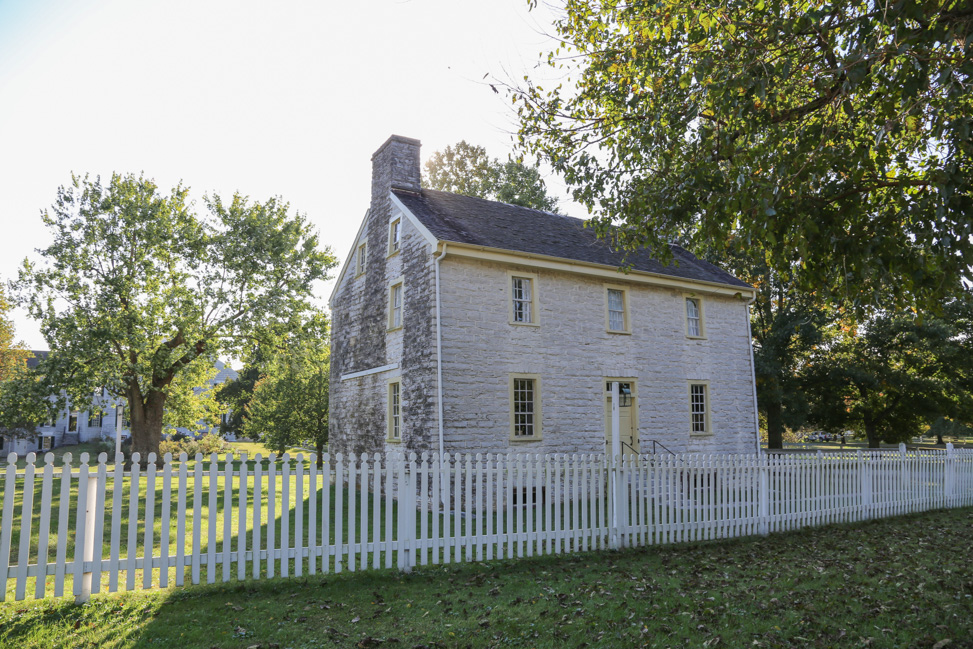
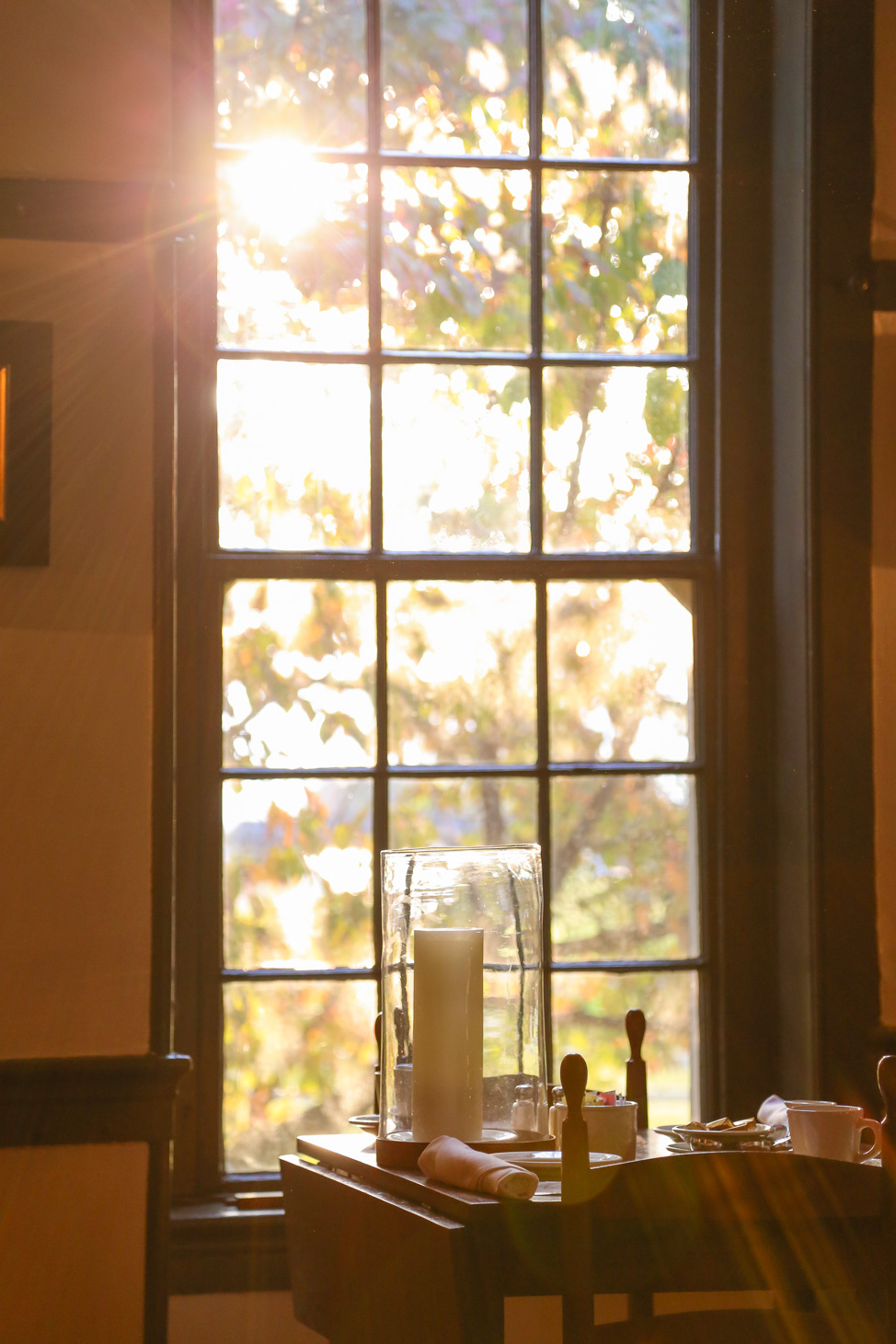
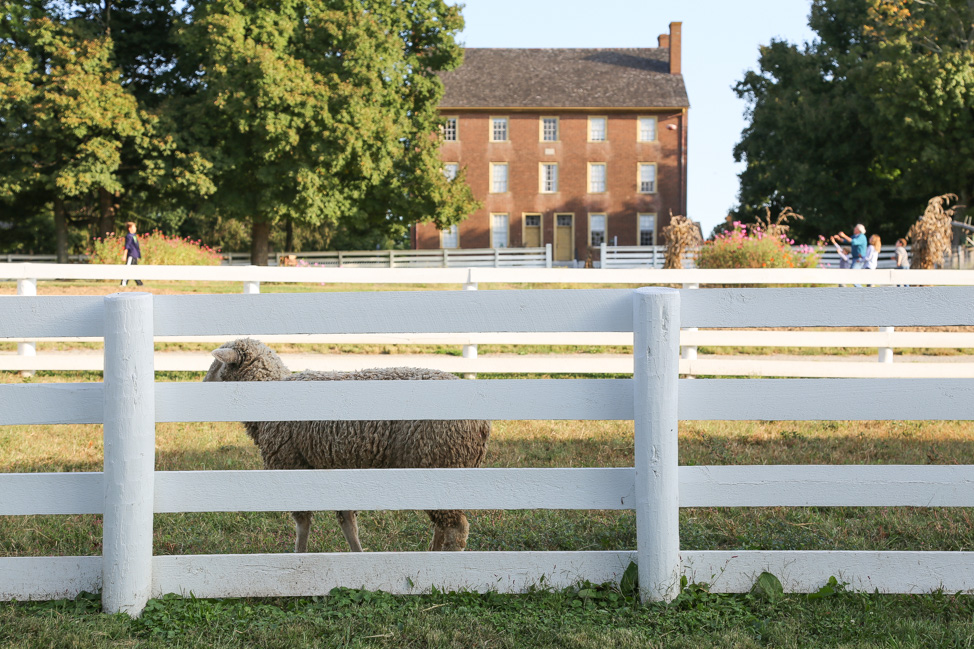
The post A Slice of Shaker History in Kentucky appeared first on Camels & Chocolate.
Source: camelsandchocolate.com

